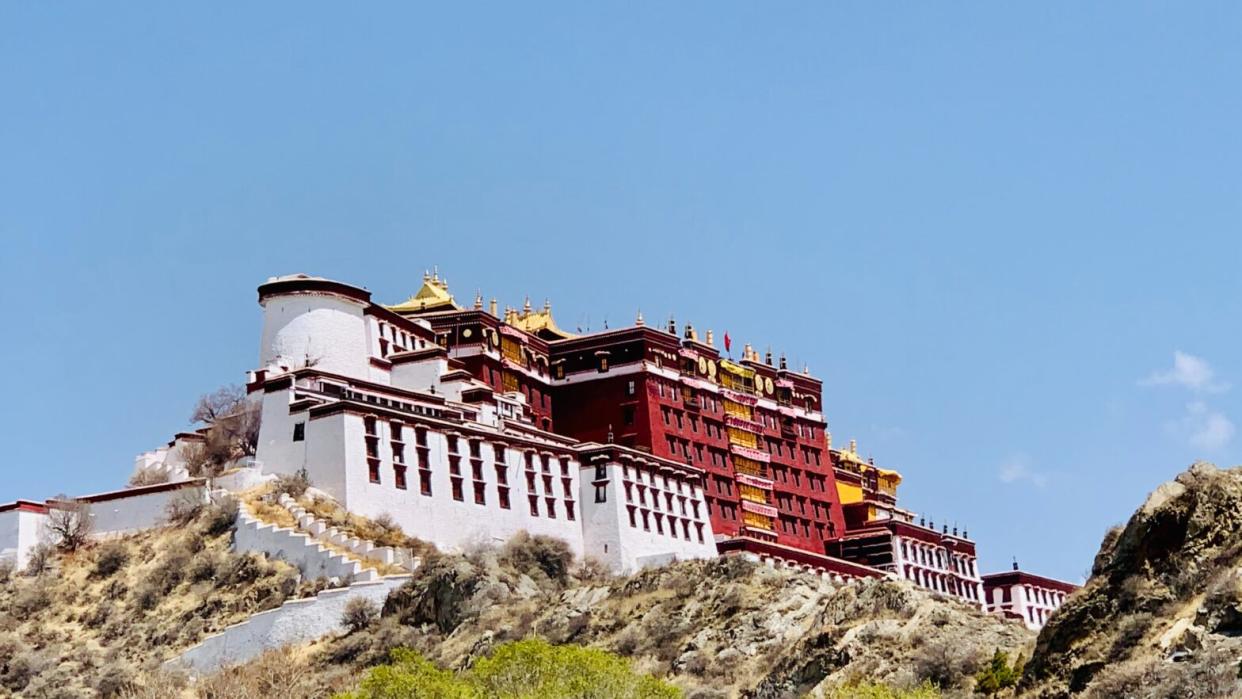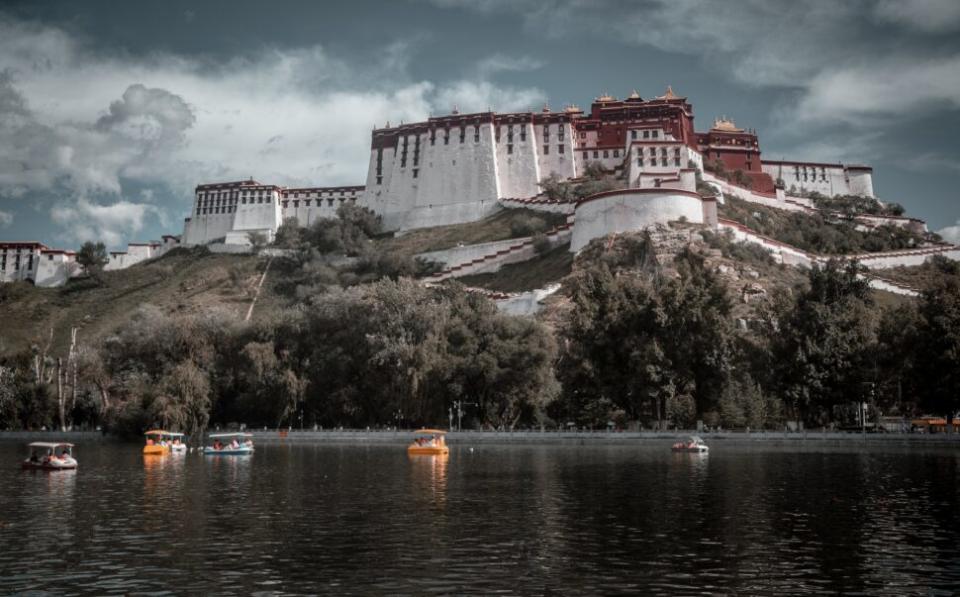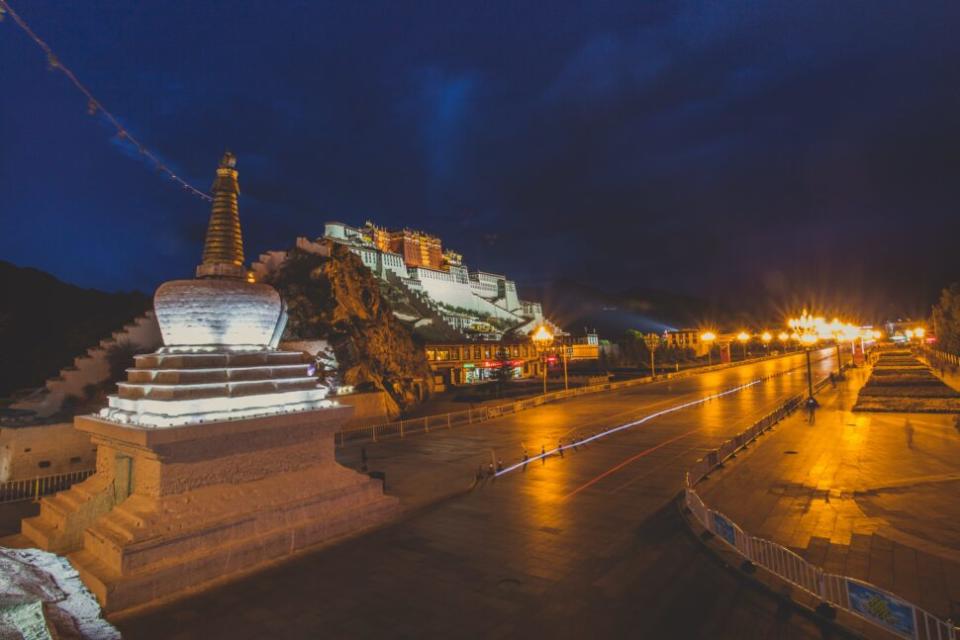Everything You Need To Know Before Visiting Potala Palace In Tibet

An impressive display of Tibetan pride, Potala Palace is truly a royal sight. The palace was formerly home to the Dalai Lama. Sitting atop Red Mountain, travelers come from all over the world to marvel at the grand structure. The building is an architectural wonder with designs and elements far beyond the time it was built from the ground. Today, the palace is one of many famous landmarks in Tibet and a must-visit when traveling through the country.
There are many things to know about Potala Palace before visiting the massive structure. From its rich history in Tibet to rules to know before entering the premises, the details can seem endless. Here is a little bit of everything you need to know before setting out on a journey to visit Potala Palace.
The History Of The Potala Palace

Travelers will find the Potala Palace at the center of Tibet’s capital city Lhasa. It was constructed in 1645 as the primary residence of the Dalai Lama. With the city already sitting at a high altitude, the palace towers above Lhasa over 130 meters off the ground. Due to it being so high, visitors should expect to climb approximately 2,000 steps to reach the palace. This isn’t a historical landmark for a quick visit. Exploring Potala Palace will require patience and endurance in order to reach the top.
To prevent overcrowding, only 2,300 visitors are allowed in the palace each day. While the steep climb isn’t for the weak, it’s well worth it. Once inside, there are 1,000 rooms with ancient Tibetan artifacts, furniture, and relics. The palace is a true fortress of Tibetan culture. There are many temples inside, the elaborate tomb of the 5th Dalai Lama, and monks still living and working within the palace.
Important Tips For Visitors

Before you reach the steps to head up to Potala Palace, there are a few things to keep in mind. Foreign travelers can only experience the palace through a guided tour. These can be booked through travel agencies in the region. Additionally, not all areas of the palace are accessible to the public. The palace is still a working space for monks. It’s important to stick to the routes available for visitors. Lastly, keep in mind no photography is allowed in the palace. While it may be one of the most beautiful sights in Tibet, this experience can only be witnessed in person.

